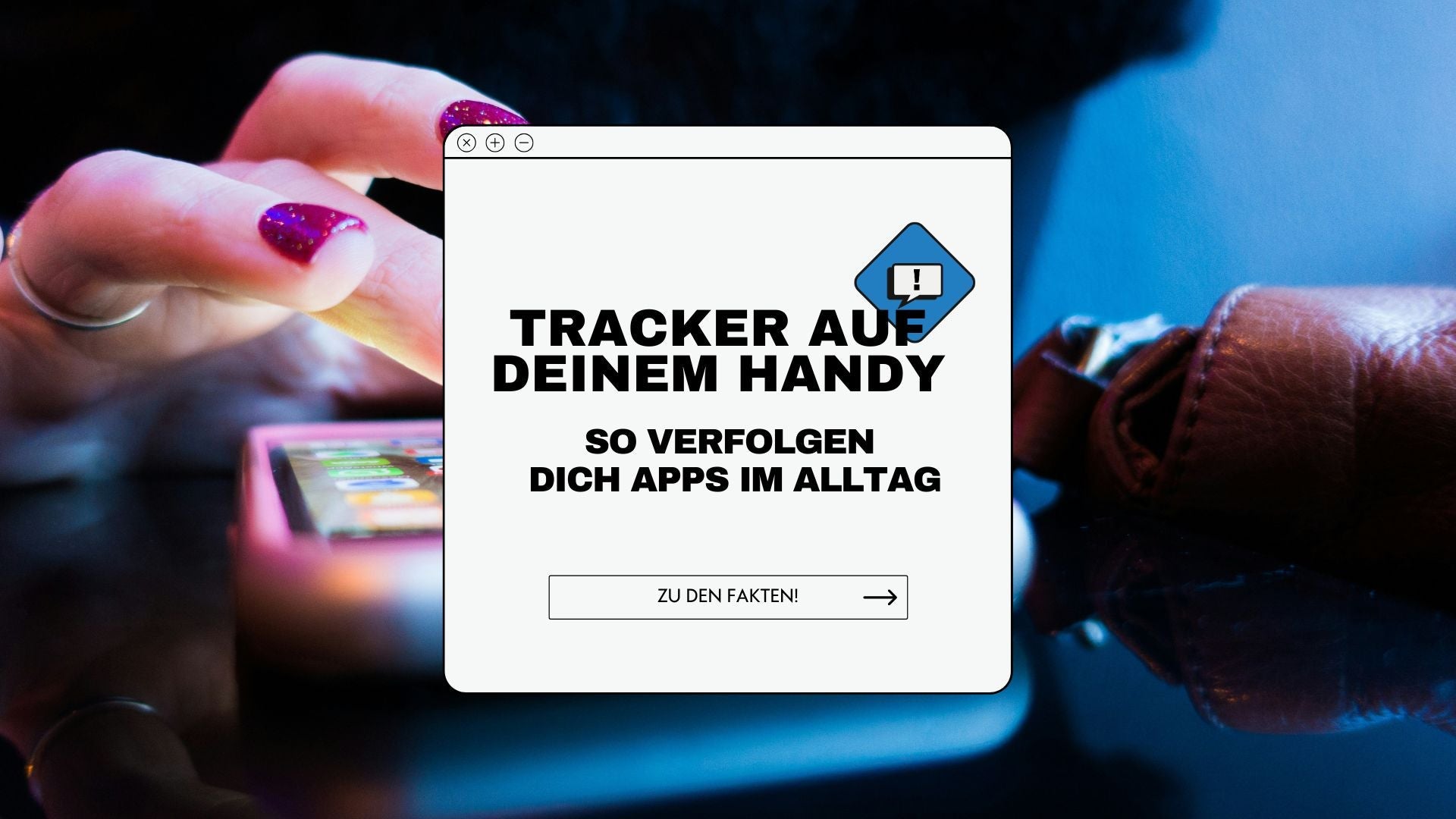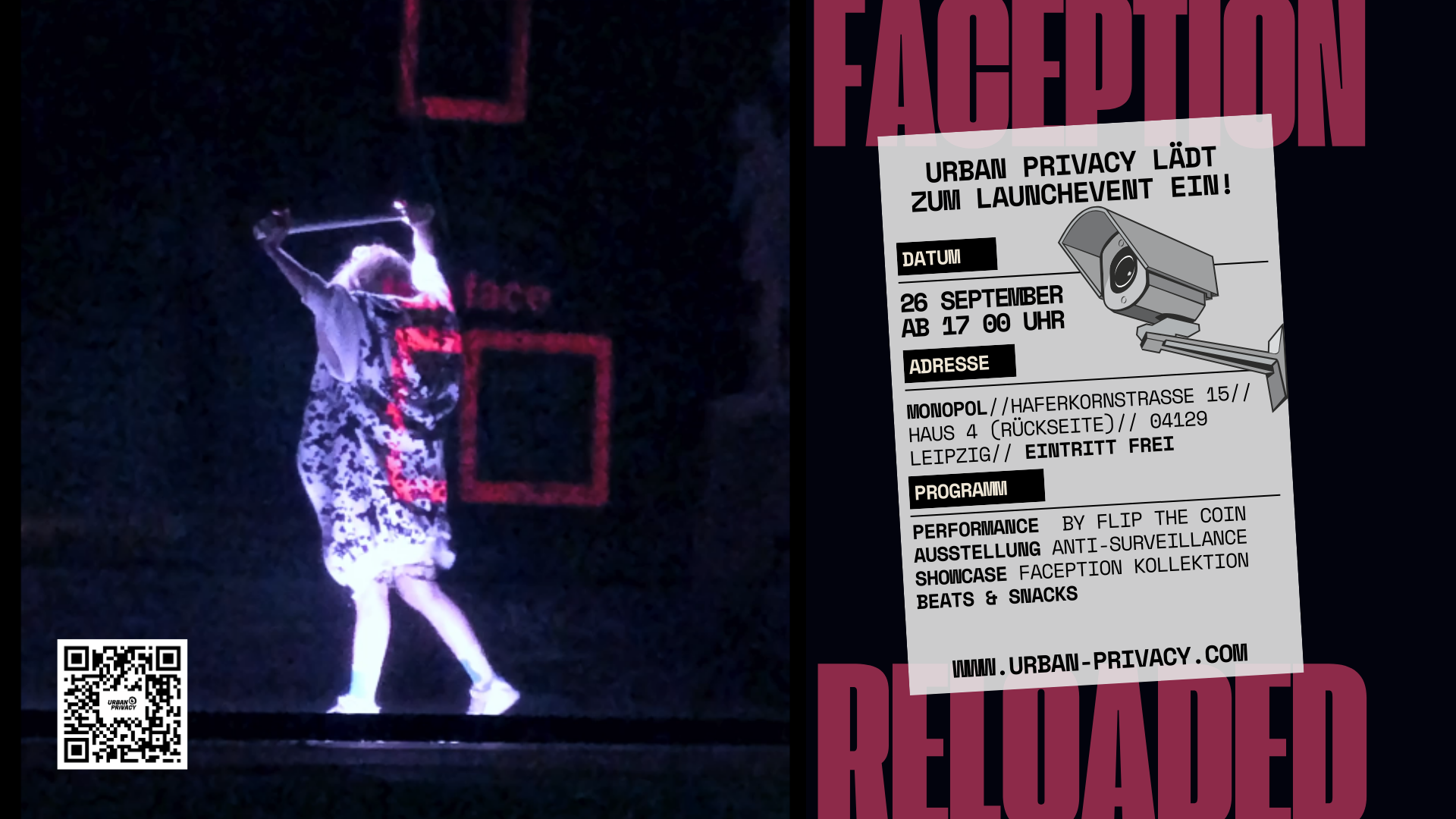Location Services and Privacy: What Your Smartphone Reveals About You

Smartphones are an indispensable part of everyday life. 95% of the population in Germany own one. The more we use them for social media, shopping, etc., the more they illuminate our behavior. In this blog series, we explore the technologies built into modern smartphones, the information they collect about us, and the dangers they pose to our privacy. We focus particularly on tracking capabilities, as they can reveal insights about our behavior, contacts, profession, and hobbies. In this first part, we discuss location tracking via radio signals, GPS, and Wi-Fi.
Method 1: Location Tracking via Radio Signal
When we make calls or receive messages, our smartphone needs to connect to a cell tower. Cell towers have a unique ID and a well-defined location. This means that when there is a connection between the smartphone and the tower, we can roughly determine where we are located—somewhere within the tower's range. By measuring the time it takes for a signal to be sent and received, a distance can be calculated.
To ensure we have reception almost everywhere, there are numerous cell towers with overlapping coverage areas. The more overlapping areas we enter, the more accurately our position can be determined. With at least three coverage areas, this positioning can be accurate to several meters. This is sufficient to determine which room in a building we are in, which store on a promenade, and so on. This process is called triangulation. More on that here.
Method 2: Location Tracking via GPS
GPS localization works similarly to triangulation. Satellites in Earth's orbit constantly send out signals that our smartphones receive. Using the timestamp of the signal (when it was sent) and the travel time, devices can determine their distance from the satellites. With a connection to three satellites, the positioning is already very accurate.
GPS works "passively," meaning our smartphones only receive signals and calculate their position. They do not send information back to the satellites. However, it is unlikely that GPS is active without being used for some application. Navigation or fitness apps log our movements and transmit this data. More on that here.
Method 3: Wi-Fi and Bluetooth
With Wi-Fi enabled, the smartphone "pings" its surroundings at regular intervals. This means it sends out a signal containing a unique ID. Wi-Fi networks within range recognize that the device is within their coverage. Similar to the other methods, the smartphone's position can be determined through multiple networks and their signal strength.
Bluetooth uses so-called "Low Energy Beacons." These are small devices that emit signals and can be placed on store shelves, for example. They can detect whether we have passed by them. Wi-Fi and Bluetooth are particularly suitable for indoor positioning due to their relatively short signal range. More on that here.
Conclusion
Most of us will use at least one of the described technologies in our daily lives. It is more likely that, in addition to the radio connection, Bluetooth is also used—either for headphones, the car's hands-free system, or similar. We rarely turn these services off immediately when we no longer need them. Wi-Fi, Bluetooth, and the like continue to run in the background as we move from the train to the office, to the café for lunch, and to the supermarket on our way home. This allows our positions to be gradually collected and movements tracked, revealing insights about our daily routines and habits. In times of ubiquitous and personalized advertising and influence, this is a goldmine. We can only prevent this by leaving our smartphones at home or shielding them.
Feature image by Brett Jordan on Unsplash





Comments